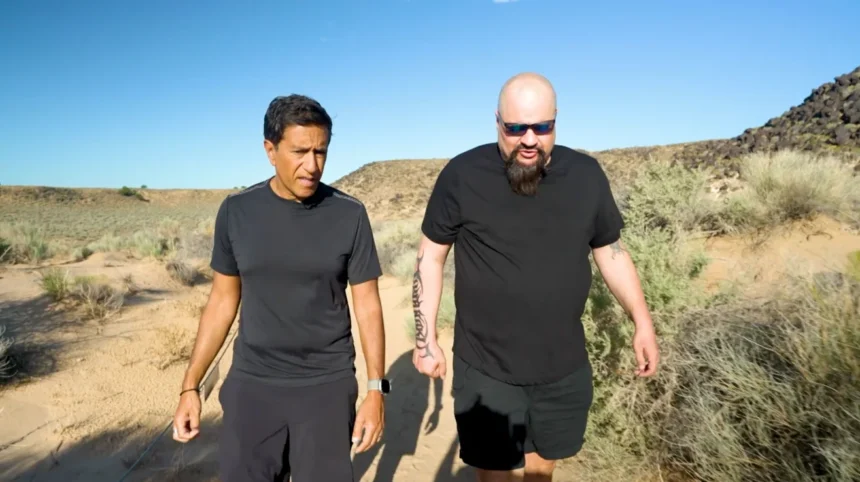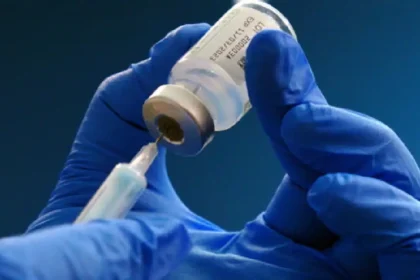Edward Mowery endured years of relentless pain he describes as being trapped on a scorching frying pan, held down indefinitely. The intense, burning agony forced him to quit his job, give up sports, and abandon his promising death metal band.
“At one point, I couldn’t feel my arms or hands at all,” said Mowery, 55, from New Mexico. “I couldn’t even play a single note on the guitar.”
His condition took a dramatic turn when doctors introduced an innovative brain stimulation treatment. If refined and proven effective on more patients, experts believe this method could revolutionize chronic pain management, potentially eliminating the need for opioids or traditional painkillers.
“The current approach to prescribing pain medication is mostly trial and error,” explained Dr. Prasad Shirvalkar, neurologist at the University of California San Francisco. “Right now, patients are essentially guinea pigs. Finding a way to precisely interrupt pain signals in the brain before they are felt would be a major breakthrough.”
Chronic pain affects approximately 50 million adults in the U.S., with nearly 8.5% experiencing pain severe enough to disrupt daily life, according to the Centers for Disease Control and Prevention.
A Lifetime of Pain
Mowery’s history of injuries started young with frequent sports-related accidents. Over the years, he underwent 34 surgeries, including 11 on his knees, along with procedures on his foot, back, and neck. However, his most debilitating pain began after an uninjured part of his body was affected.
One week after a routine knee replacement in 2009, Mowery’s right foot ignited with unbearable burning pain.
For years, doctors were baffled by his symptoms. Many suspected drug-seeking behavior, but Mowery insisted his only addiction was to finding relief. In 2017, when his foot turned purple and black, a pain specialist diagnosed him with complex regional pain syndrome (CRPS), a neurological condition causing severe pain disproportionate to any injury.
“After the acute pain went away, my brain kept demanding the pain back,” Mowery explained. “It was manufactured pain with no physical cause.”
Despite trying various medications—including morphine and oxycodone—Mowery found little relief. At his worst, he took 17 pills a day and relied on a walker or wheelchair.
“It’s a crushing condition. They should call CRPS the suicide disease,” Mowery said. “There were many moments I felt utterly hopeless.”
A New Frontier in Pain Treatment
Desperate for answers, Mowery sought clinical trials and eventually joined a study at UCSF. The treatment involved a novel approach: drilling small holes in his skull to implant electrodes for brain stimulation.
This cutting-edge technique aims to ‘turn off’ the brain’s chronic pain alarm system, offering a potential lifeline for millions suffering from untreatable pain.











